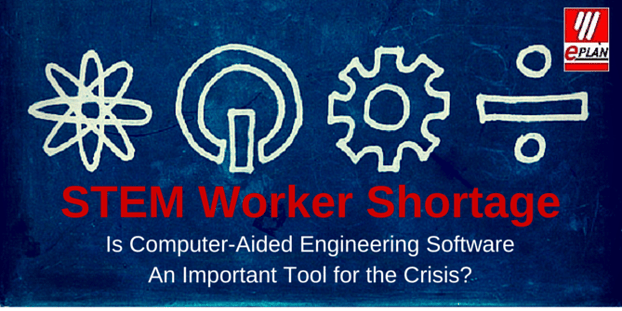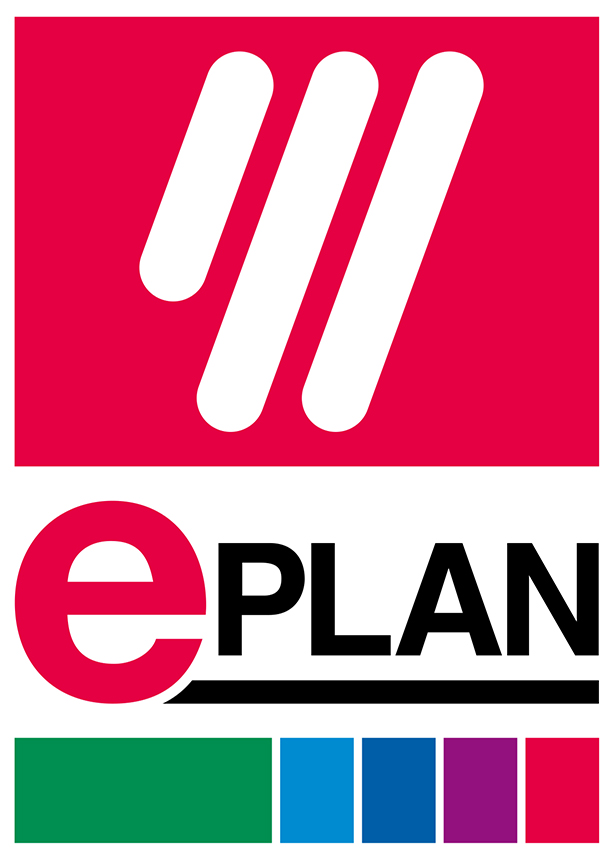
We have all heard a great deal about the looming crisis of the lack of STEM (Science, Technology, Engineering and Mathematics) educated and trained workers. The loudest voices, by and large, predict a tremendous shortfall of STEM employees and that disaster is eminent.
As with so many issues, there is not a position that is 100% clear or 100% correct. However, regardless of which predictions turn out to be fact, what is certain is that companies for which engineers are of strategic importance need to plan for this labor issue and technology is a key enabler.
The crux of the debate is outlined within these two quotes:
“Economic projections point to a need for approximately 1 million more STEM professionals than the U.S. will produce at the current rate over the next decade if the country is to retain its historical preeminence in science and technology,” President’s Council of Advisors on Science and Technology
“Unemployment rates within STEM fields…are often higher than they’ve been in years—a sign that there is a shortage of jobs, not workers,” Michael Anft, writer and political analyst.
Periodic high unemployment rates for STEM employees, including engineers indicate a STEM worker surplus. However, STEM worker wage growth in recent years of 5-8%, compared to next to zero wage growth for non-STEM workers indicates a STEM worker shortage. Finally, virtually all data from the Bureau of Labor Statistics and other sources predict a large STEM worker shortage.
What is happening here and what does this have to do with CAE software solutions? It appears that the conflicting metrics in the STEM worker debate is often caused by workers not being distributed geographically in line with demand. In other words, there may be an oversupply of engineers and other STEM employees in Chicago, but a dire shortage in Atlanta. This distribution dilemma can drastically skew the national unemployment figures and wage data.
When we think of Computer-Aided Engineering (CAE) software, project efficiency, error prevention, time savings and cost savings are the benefits that first spring to mind. However, there is a strong argument that CAE software can serve as a strategic engineer recruitment and retention tool. Also, for companies seeking to take advantage of geographic pockets of surplus engineers, an important facilitation tool for commissioning geographically distributed engineers.
So again, what does this have to do with CAE software? Given the seeming unpredictability of the availability of engineers in given areas and the highly global nature of the workforce, companies needing engineers will be well-served to be both attractive to engineering recruits and have the capability of working with engineers in dispersed geographic areas.
CAE software is a recruiting and retention tool for young engineers who have grown up with technology and expect to work within a professional environment with appropriate facilitating technology. It will become difficult to recruit and retain young engineers – especially in pockets where engineers are in high demand – if you are using antiquated technology and approaches. In addition, if your geographic area experiences a shortage of available engineers, your company should have technology in place that allows for the recruitment of a geographically diverse and maybe global engineering workforce. It is of course nearly impossible for geographically dispersed engineers to work on collaborative projects without facilitating technology.
EPLAN’s data-base driven CAE software facilitates the efficiency and modern approaches young engineers will find attractive. In addition, CAE software supports a flexible and geographically distributed engineering team.
Companies who strategically and creatively plan for the upcoming challenges of the STEM employee workforce will have a tremendous advantage. Given what is coming in terms of the questionable availability and unpredictable geographic distribution of engineers, smart companies will not solely rely on their Human Resources departments to tackle engineer recruitment. Rather, they will think about changes to approaching engineering work itself to attract, retain and commission engineering talent. CAE software is an important tool within this needed toolbox.





